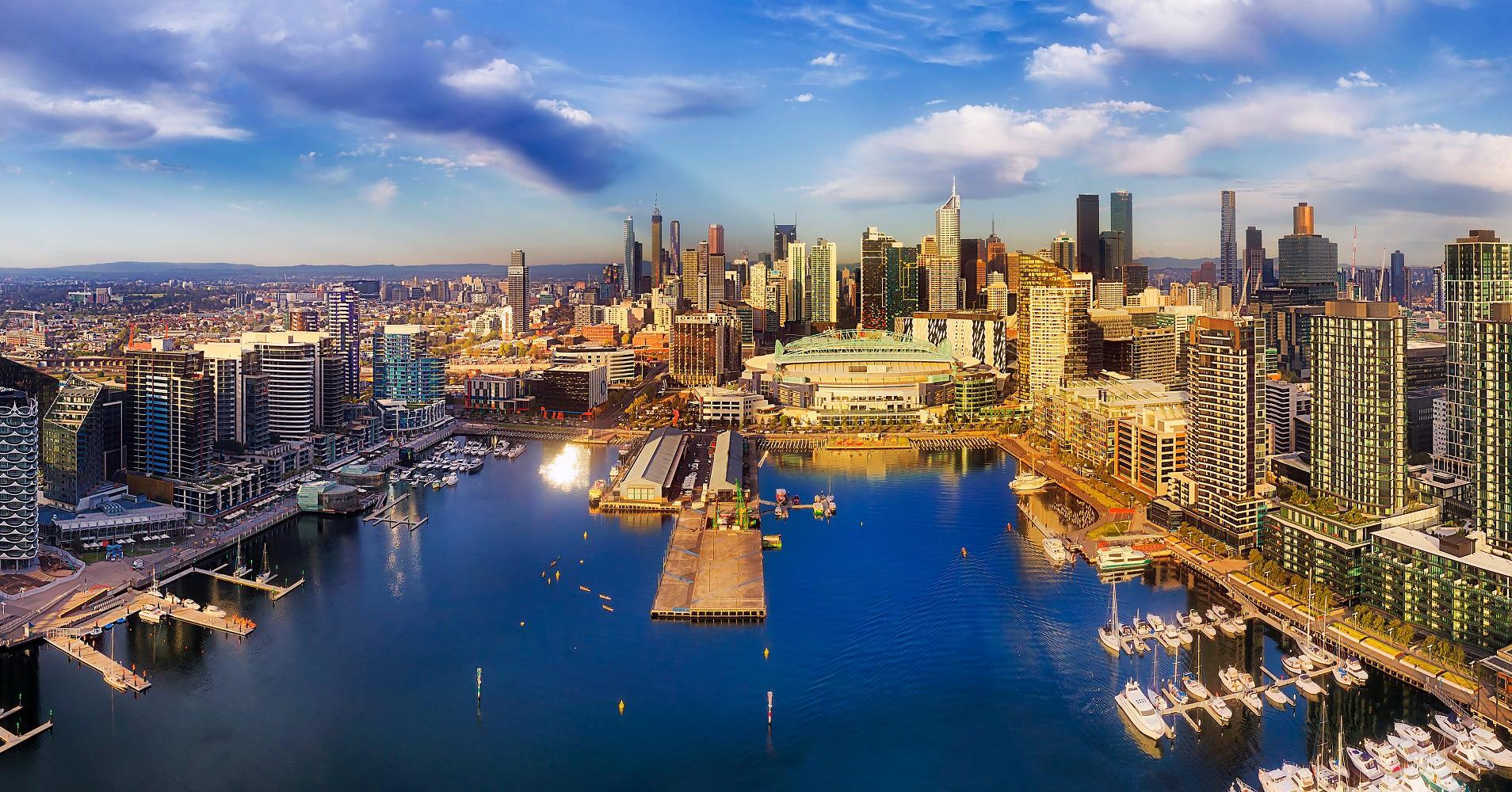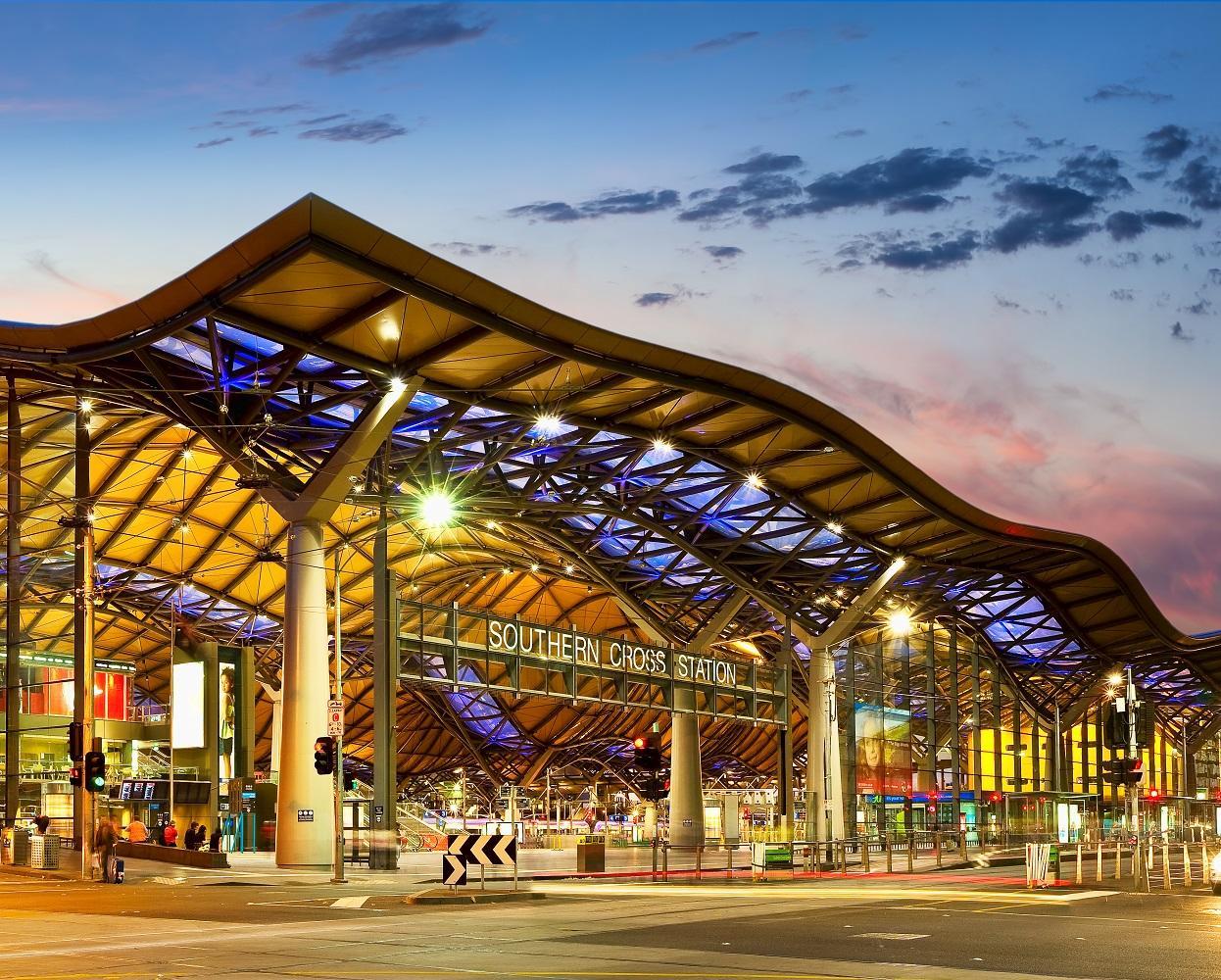Metropolitana di Melbourne

Melbourne City Loop: the Project to significantly boost the capacity and efficiency of the entire metropolitan rail network
The History
The Melbourne Underground Rail Loop (MURL) was the flagship project of the Bolte Government’s infrastructure vision laid out in "The 1969 Melbourne Transport Plan", a blueprint for major development of both road and rail that has significant parallels with the Andrews Government current plan for the state.
The Project
Webuild’s association with Victoria goes back to the construction of MURL in the 1970s and 1980s when the business completed major segments of the tunnels, and constructed Flagstaff station and Museum (now Melbourne Central) station.
Now known by Melbournians simply as the “City Loop”, construction on MURL commenced in 1971 and and wrapped up with the opening of Flagstaff Station in 1985. Cogefar, now wholly owned by Webuild, was a leading member of part of the Codelfa-Cogefar JV, which operated under the name of CMT Construction Metropolitan Tunnel JV.

Our ability to innovate can help Melbourne meet its future transportation needs and will ensure the best possible outcomes for Victorians by increasing productivity
The Benefits
The opening of the City Loop meant commuters, visitors and tourists could enjoy the convenience of five stations around the edges of the Central Business District, while also avoiding operational problems associated with trains having to reverse direction at Flinders Street Station.
Importantly, the frequency and volume of services across Melbourne highly-centralised suburban rail network is constrained by the capacity of the City Loop and its four single-rail tunnels. This is because the network architecture almost every train that enters the CBD must complete the "Loop" in order to exit at the other end of the tunnel.
As a result, the fundamental, and often unappreciated, objective of the MURL project was to significantly boost the capacity and efficiency of the entire metropolitan rail network.
The Details
Webuild’s predecessor Cogefar was instrumental in the construction of four major segments of MURL, totalling a length of 11 (out of a toal 13) kilometres of new tunnels, two underground stations and the laying of reinforced concrete sleepers and tracks throughout the Loop.
The circuit has five stations, three of which are underground stations (two in LaTrobe Street and one in Spring Street) connected by four underground lines, which run in separate tunnels under Spring and LaTrobe Streets.
The Benefits
The opening of the City Loop meant commuters, visitors and tourists could enjoy the convenience of five stations around the edges of the Central Business District, while also avoiding operational problems associated with trains having to reverse direction at Flinders Street Station.
Importantly, the frequency and volume of services across Melbourne highly-centralised suburban rail network is constrained by the capacity of the City Loop and its four single-rail tunnels. This is because the network architecture almost every train that enters the CBD must complete the "Loop" in order to exit at the other end of the tunnel.
As a result, the fundamental, and often unappreciated, objective of the MURL project was to significantly boost the capacity and efficiency of the entire metropolitan rail network.
The Details
Webuild’s predecessor Cogefar was instrumental in the construction of four major segments of MURL, totalling a length of 11 (out of a toal 13) kilometres of new tunnels, two underground stations and the laying of reinforced concrete sleepers and tracks throughout the Loop.
The circuit has five stations, three of which are underground stations (two in LaTrobe Street and one in Spring Street) connected by four underground lines, which run in separate tunnels under Spring and LaTrobe Streets.
Key facts
Webuild’s predecessor Cogefar was instrumental in the construction of four major segments of MURL
+ + +
length of new tunnels (out of a toal 13)
+ + +
underground stations
+ + +
five stations of the circuit, three of which are underground stations
The Benefits
The opening of the City Loop meant commuters, visitors and tourists could enjoy the convenience of five stations around the edges of the Central Business District, while also avoiding operational problems associated with trains having to reverse direction at Flinders Street Station.
Importantly, the frequency and volume of services across Melbourne highly-centralised suburban rail network is constrained by the capacity of the City Loop and its four single-rail tunnels. This is because the network architecture almost every train that enters the CBD must complete the "Loop" in order to exit at the other end of the tunnel.
As a result, the fundamental, and often unappreciated, objective of the MURL project was to significantly boost the capacity and efficiency of the entire metropolitan rail network.
The Details
Webuild’s predecessor Cogefar was instrumental in the construction of four major segments of MURL, totalling a length of 11 (out of a toal 13) kilometres of new tunnels, two underground stations and the laying of reinforced concrete sleepers and tracks throughout the Loop.
The circuit has five stations, three of which are underground stations (two in LaTrobe Street and one in Spring Street) connected by four underground lines, which run in separate tunnels under Spring and LaTrobe Streets.
Museum Station, Melbourne Underground Rail Loop, Australia | Webuild